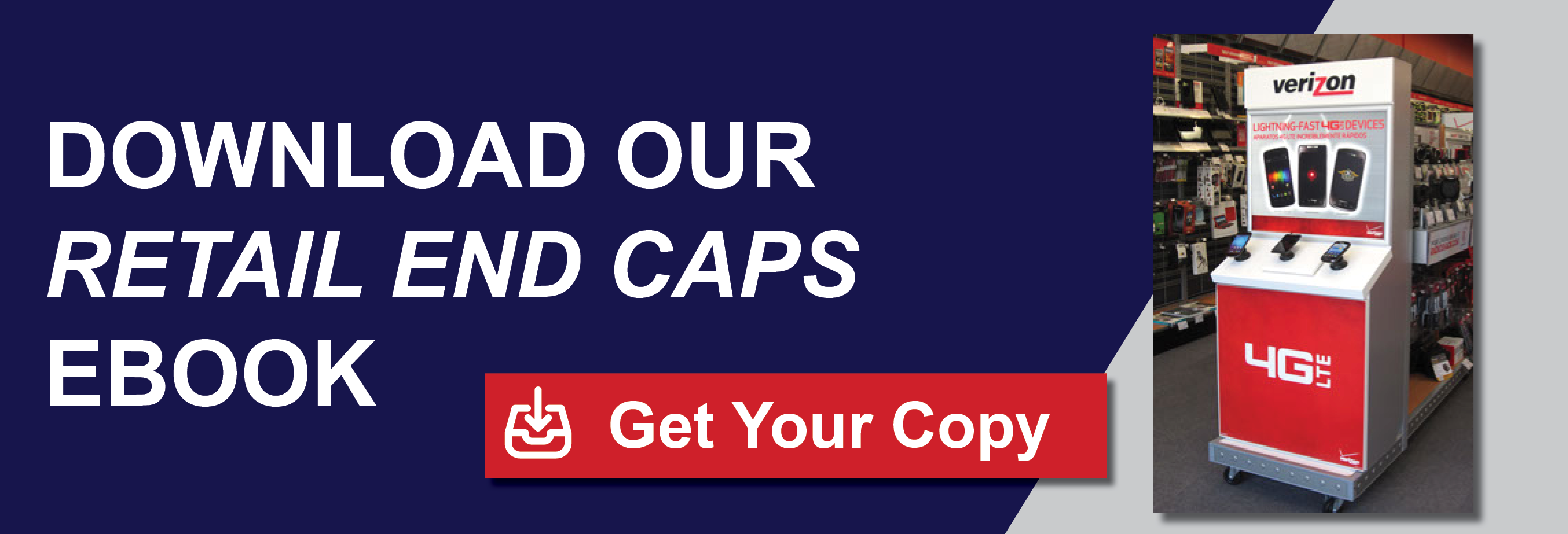
You look around your store and discover that you’re inadvertently featuring “Christmas in July.” You can’t recall when you last did a formal inventory count. You’re constantly out of stock on most-wanted items, while your clearance section seems to be taking over. It’s time to shift inventory. Past time, actually.
In retail, shift happens whether it’s deliberate or not. With proper planning, you can improve sales and avoid embarrassing and costly merchandising disasters. It’s all about rightsizing your inventory. Here are four sure signs it’s time to shift inventory:
You’re overstocked with merchandise that isn’t moving.
Perhaps you miscalculated the potential popularity of the item, in which case it’s time to shift it to your markdown list. If you have multiple locations, or you sell both in-store and online, you might find that the item is selling like hotcakes in one place, but poorly in the other. It’s time to shift inventory to another store or another channel.You’re out of stock or your selection of sizes and colors is spotty. Frustrating customers is bad for sales and bad for your reputation. The time to shift merchandise out of the warehouse or stockroom and onto the sales floor is before you develop these costly gaps. Look for glitches in your supply chain that should be corrected.
New inventory will be here soon.
You have to make way for these coming attractions, so you can present them to eager shoppers right away.Inventory seems to be shrinking, and not due to sales.
Sometimes inattentive customers “shift” items around your store, or shoplifters “shift” items right out the door. This is why regular inventory counts are critical. You can count one section each day rather than conducting a time-consuming storewide count. Using electronic loss-prevention tags and scannable UPC bar codes can significantly reduce theft and make it easier to track sales as well as inventory. Regular folding and straightening helps you find damaged goods, and keeps displays looking their best.You need a plan.
Knowing when it’s time to shift inventory starts with creating a comprehensive buying plan. Pre-planning shifts helps maintain right-sized inventory and keeps you flexible in case of last-minute opportunities. In some ways, you have to be clairvoyant to develop a well-conceived buying plan – peering into the future to see what your customers will want most half a year from now.
Nonetheless, you need to know your customer and understand marketplace trends in order to decide when you want to purchase, reorder, mark down, and remove merchandise.
Use all the analytics tools at your disposal to uncover those future customer preferences:
- Sales tracking, whether you use a tally sheet next to your cash register or specialized point-of-sale software
- Social media data about your target customers
- Behavioral data about your existing customers
It’s not easy, even for seasoned retailers. Following these tips will help you know when it’s time to shift inventory before your store develops telltale signs.
